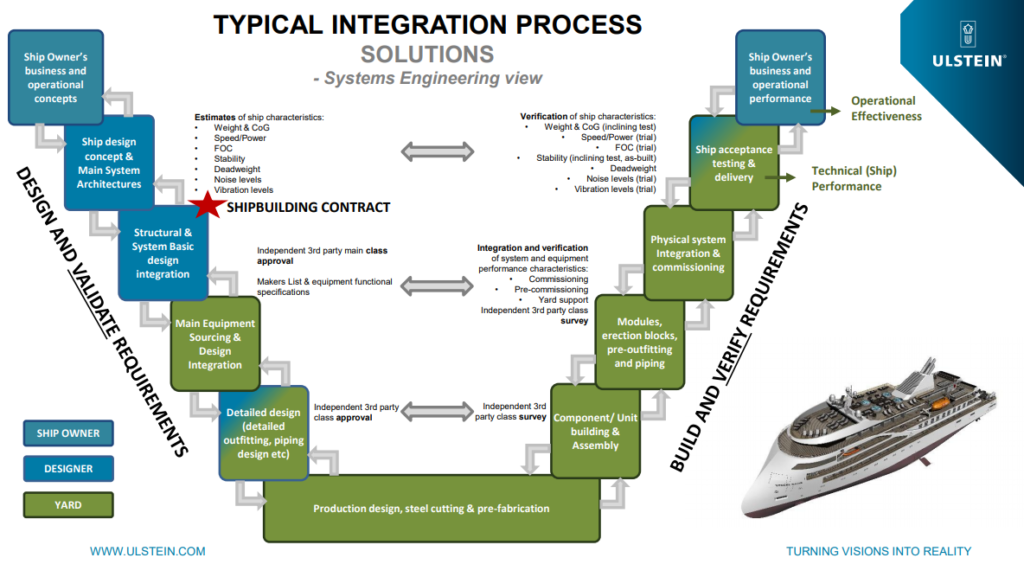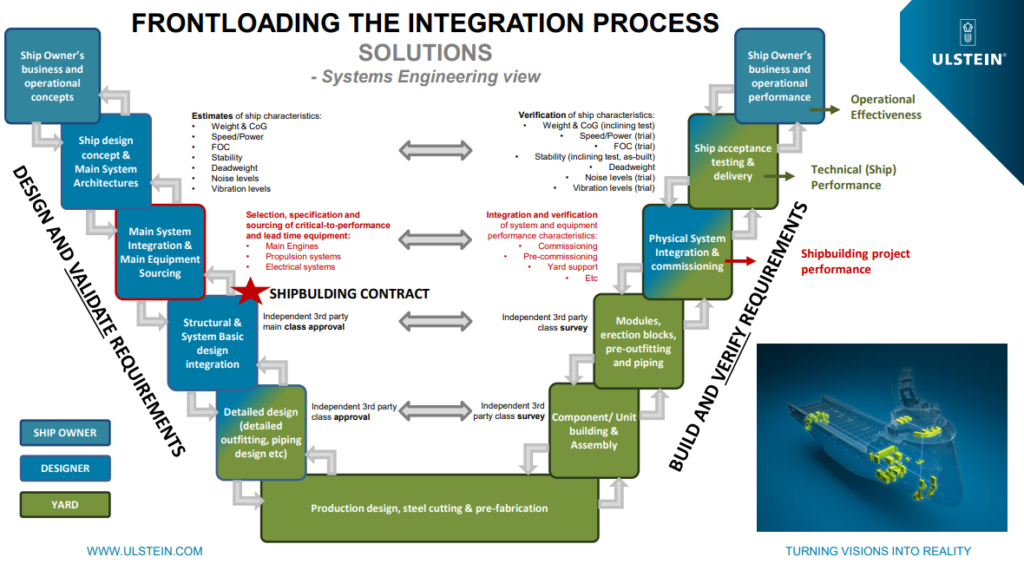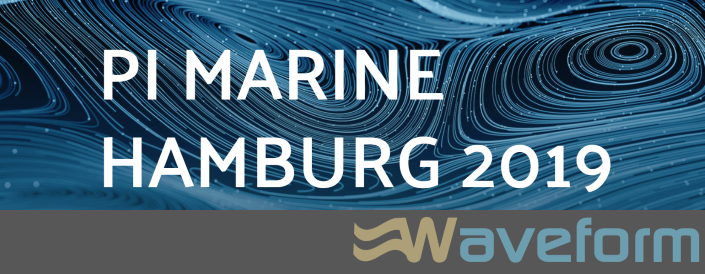
Two weeks ago, I attended PI Marine 2019 in Hamburg. It was the first time this marine focused event was held, so I did not know what to expect.
Here is the description of the event:
PI Marine is dedicated to increasing productivity and efficiency across the ship design, planning and manufacturing processes. Meet and network with peers from your industry, learn how leading companies are leveraging digital assets to simulate entire systems, improving delivery cycles whilst reducing waste and rework. Participate in discussions looking at the benefits and justifications for smart manufacturing initiatives such as: automated material handling, additive manufacturing, robot welding and flexible production planning.
I was pleasantly surprised at the high calibre of both the attendees and presentations for a first-time event. The event was 100% marine focused, so the presentations and discussions with the attendees were always in context of our industry, which makes for much more relevant and worthwhile discussion. I was able to get a better sense of what companies are doing (without a marketing spin) and have some open dialog on the brutal realities of the challenges we face in our industry.
Here are my top 4 takeaways:
- Business value is changing
- Digital transformation & digital twin are understood
- Difficulties of knowing where/how to start
- Culture & people are the ignored elephants in the room
1. Business Value is Changing
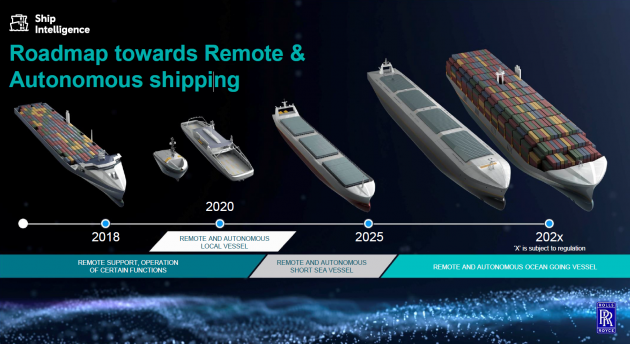
Business value is changing, and it was 100% apparent at the conference through the presentations and discussions. And it’s not changing just for us, it is changing for our clients, which is the main reason why our business value needs to change.
Two main examples of this are:
- Owner/Operator’s appreciation of digital information: It is apparent that owner/operators of the ships we build are starting to appreciate digital information (much more than just 3D data). This appreciation for digital information allows us to provide a new value to the owners/operators with the digital ship. Many of us have advocated for this before, but owner/operators never wanted to adjust their requirements to include it – mainly because they did not want to pay for it?. However, they now understand how digital information can significantly reduce costs throughout 30+ years of operations and will invest in it.
- Ships with some level of autonomy: Ships with some level of autonomy are continuing to be built today at a good pace. It might take a while for level 5 autonomous ships; however, we need to look at the near future (~5 years) which will see a gradual increase in the autonomous functionality of every ship. This does mean that it will change the way we design and build ships, as well as create opportunities for new types of ships. Autonomous ships will have to be more reliable, higher quality, and have unique requirements that we typically do not see on yesterday’s ships. Oskar Levander from Rolls-Royce Marine had a great keynote on this subject.
2. Digital Transformation & Digital Twin is Understood
As with all technology conferences in the last couple of years there was a lot of discussion about digital transformation as well as digital twin. We are at a stage where most people in our industry understand the concepts and know the benefits of them – at least at a high level.
I liked Bernt-Aage Ulstien’s presentation a lot. How they tackled one of their major company challenges, the cost of change (I think we all can relate to that), and then holistically tried to find the source of that problem. This led them to change the “phase” that they made the contract with the client. This seems simple; however, the owner required some convincing that this would result in a ‘cheaper’ ship that will better meet the needs of the owner. I have always believed that basing contracts and payment milestones on the physical progress of the ship (laying the keel) has held the shipbuilding industry back. I even blogged about it (see: What is the Biggest Challenge in Shipbuilding?). It’s great to see that there is progress being made.
Unfortunately, the brutal reality is that most organizations are not attaining the benefits of their digital transformation. The problem stems from the fact that they are asking the wrong question: “how can technology improve what I am doing today.” A better question to ask is: “how can I use technology to better achieve my business goals and improve the value I can offer to my clients for their future.” This simple but important shift in mindset is the difference between companies that are succeeding with their digital transformation and those who are struggling with it.
3. Difficulties of Knowing Where/How to Start
As mentioned before, almost every company is going through some sort of digital transformation which will change what they create and how they go about creating it. Most companies are not confident about where to start, yet they have decided to start ‘somewhere.’ The typical starting place is trying to define their enterprise technology architecture. This might, or might not, be the right place; however, I found it unfortunate that within the same organization each department is looking at the problem separately. In some cases, there are several different projects being executed without a unified holistic goal they are achieving. The funny thing (not really funny) is that they know they need to get rid of silos within their organization but continue to use a strategy that builds silos. Ok, there will be less silos that are bigger, but silos will still exist. The hope that these different initiatives will meet in the middle, without tight collaboration and a clear goal, reminds me of a bridge under construction not aligning in the middle.
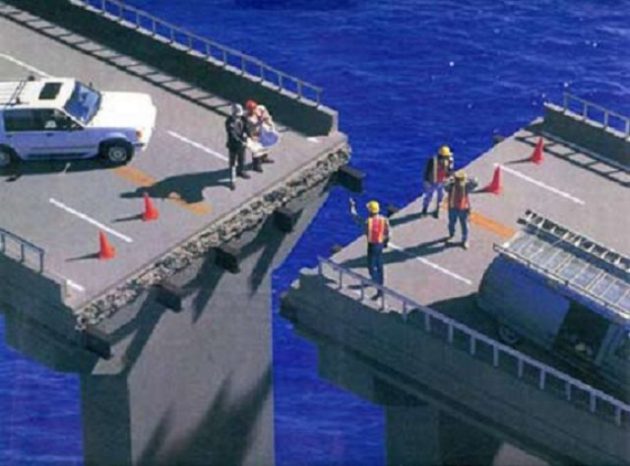
The good news is that most companies are using, or planning on using, Agile for their implementation strategy. I truly believe that using an agile methodology is the only way to maximize the value of your implementation while minimizing the effort required. But using agile requires a totally different mindset than the one we currently have for shipbuilding, and that’s where a lot of the challenges are coming from.
4. Culture & People are the Ignored Elephants in the Room
Many of the presentations and discussions did recognize the challenge and importance of improving our industry and company culture. It was listed as one of the top 4 challenges our industry faces today and was one of the topics most people came and discussed with me after my presentation. Knowing that we need to improve and taking the steps to improve our culture in an organization are two completely different things.
The general culture at the show, and in our industry in general, is changing. Recognizing that we need to improve it within our organizations is one piece of evidence that we are growing. I do not think there is a single type of culture that would work for every company, mainly because each company has different goals and values they provide to their clients, and that needs to be ingrained into your culture. For example, a company that focuses on quality will have a different culture than one that focuses on innovation.
Closing Remarks
PI Marine was a great marine industry focused event. The calibre of attendees and presentations was one of the best I have attended and I plan on attending future conferences.
The general conversations our industry is having have evolved from even just 2 years ago, and it is great to be a part of it. We are a developing a new more modern mindset of how we can tackle the challenges we face in the most complex manufacturing industry. We know we need to change, and we are open to changing.
The understanding and willingness to change is there; however, most are still struggling on their journey. We need to understand that we will fail many times on our journey. We need to continually be brutally honest with ourselves, identify our challenges, and then tackle them head on.
I know most people currently consider shipbuilding very ‘traditional’, but if we continue with our current progress that will no longer be the case. We will never be able to implement technology or products as fast as other industries, but this does not need to limit us if we are continuously innovating.
My Presentation

